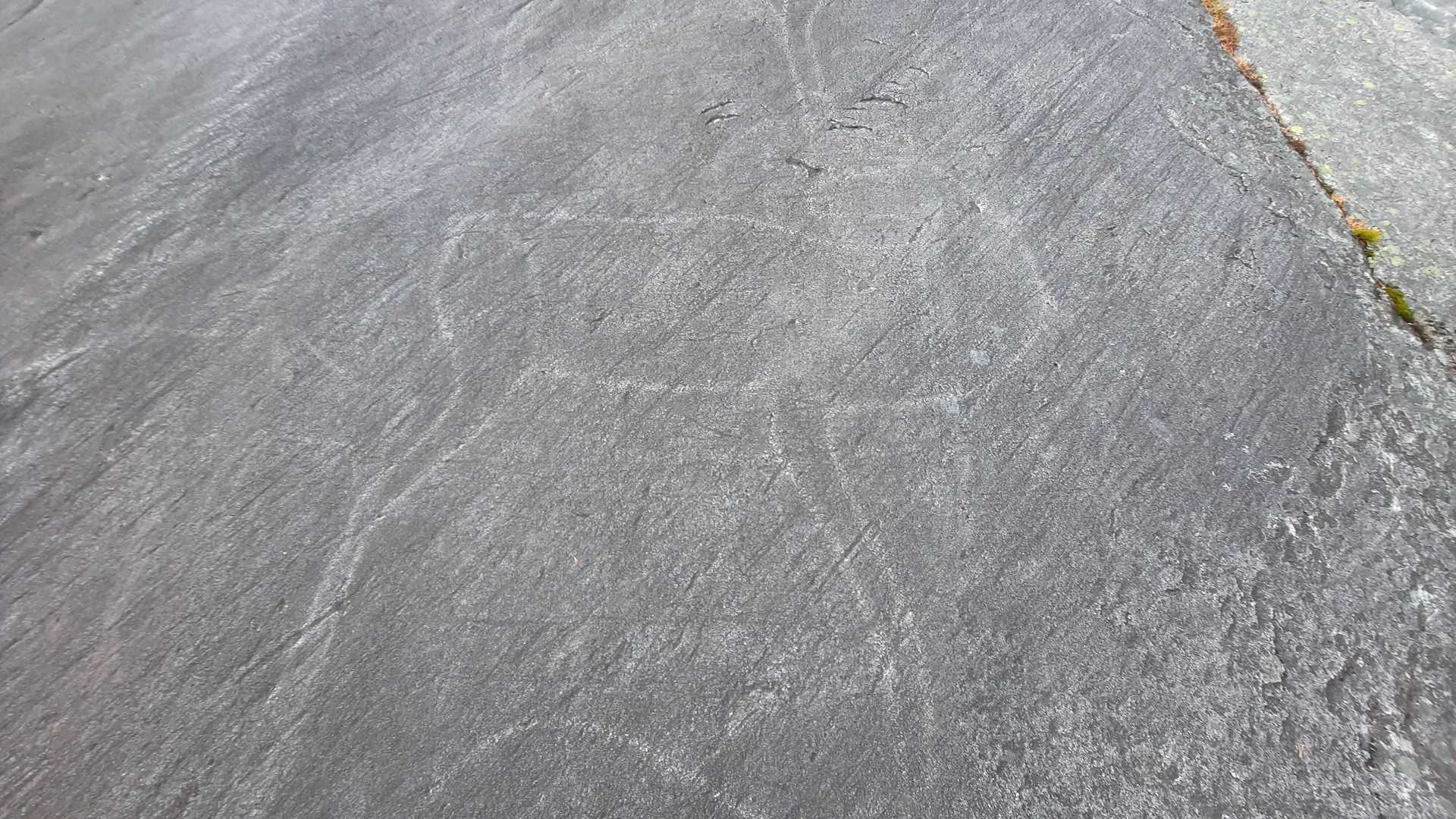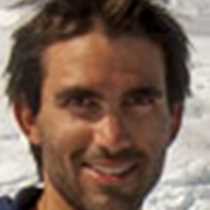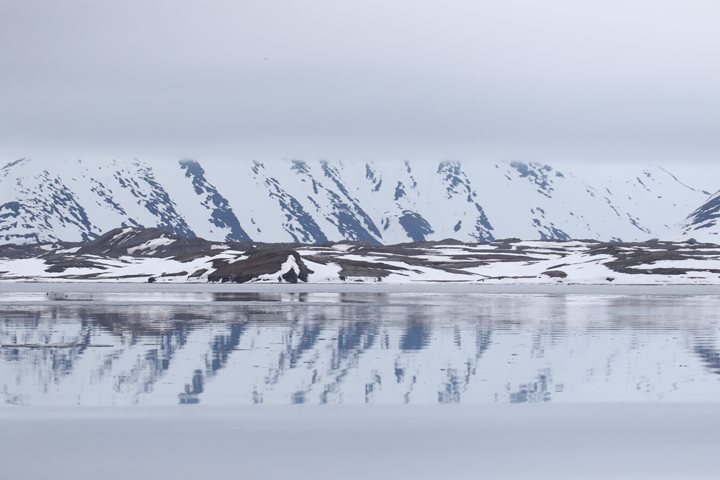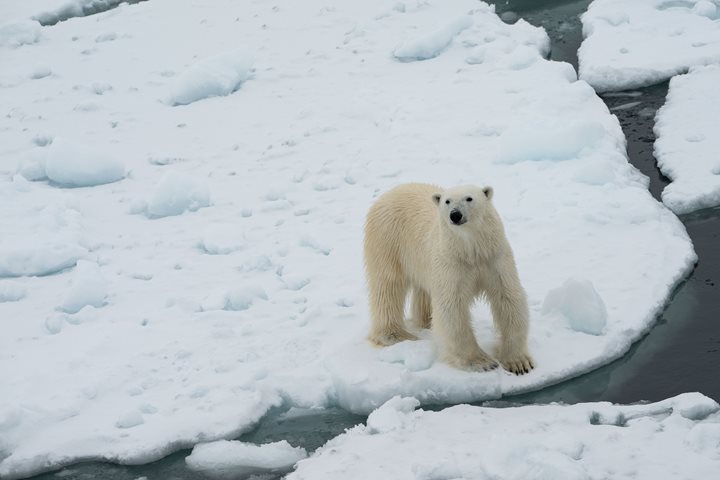Hellemobotn is the name of a fjord. In the Sami language, it means “at the very end of the fjord.” And that’s where we were! We landed at Musken Village, a place the Sami currently use in the summer for hunting, fishing, and holidays. Three families share this place during the summertime, although it has a long history in the local community.
We departed early for different levels of hikes through the boreal forest of silver birches, scotch pines, and juniper trees. We walked on a path along a riverbed surrounded by crowberries. We could hear birds here and there, including the ptarmigan. Guests on the Zodiac cruise observed the empty nest of a white-tailed eagle, cousin to the American bald eagle. The intrepid hikers passed by a beautiful waterfall on the way up a trail that leads to the border of Sweden! During World War II, the Sami people brought allies along this trail into Sweden.
We left the shore for a beautiful cruise in Tysfjord during lunch and into the early afternoon. Midafternoon, we landed for a walk through moss beds and rocks covered by lichens and water from the snowmelt. We enjoyed the view of Tysfjord. We reached a historical site with 9,000-year-old petroglyphs covering the ground! We recognized the shape of the animals carved: deer, moose, rabbit, and even an orca! These petroglyphs were created at the end of the last Ice Age, which peaked around 22,000 years ago and lasted until 10,000 years ago. At this time, humans started conquering Europe, people began settling down, and the development of agriculture began.
Tonight we will all have a good rest, as tomorrow morning an early ship cruise awaits us in Trollfjord.
Photo caption: A 9000-year-old petroglyph in Tysfjord that shows a deer. Photo by Jonathan Zaccaria







